Bulbs
Flower Basics
Flower Beds & Specialty Gardens
Flower Garden
Garden Furniture
Garden Gnomes
Garden Seeds
Garden Sheds
Garden Statues
Garden Tools & Supplies
Gardening Basics
Green & Organic
Groundcovers & Vines
Growing Annuals
Growing Basil
Growing Beans
Growing Berries
Growing Blueberries
Growing Cactus
Growing Corn
Growing Cotton
Growing Edibles
Growing Flowers
Growing Garlic
Growing Grapes
Growing Grass
Growing Herbs
Growing Jasmine
Growing Mint
Growing Mushrooms
Orchids
Growing Peanuts
Growing Perennials
Growing Plants
Growing Rosemary
Growing Roses
Growing Strawberries
Growing Sunflowers
Growing Thyme
Growing Tomatoes
Growing Tulips
Growing Vegetables
Herb Basics
Herb Garden
Indoor Growing
Landscaping Basics
Landscaping Patios
Landscaping Plants
Landscaping Shrubs
Landscaping Trees
Landscaping Walks & Pathways
Lawn Basics
Lawn Maintenance
Lawn Mowers
Lawn Ornaments
Lawn Planting
Lawn Tools
Outdoor Growing
Overall Landscape Planning
Pests, Weeds & Problems
Plant Basics
Rock Garden
Rose Garden
Shrubs
Soil
Specialty Gardens
Trees
Vegetable Garden
Yard Maintenance
Diseases of Pine Trees
Diseases of Pine Trees. Numerous diseases affect pine trees. Some are easily managed with chemical or biological solutions; others spread rapidly through a pine population as there’s no known means of controlling the fungal spread. Diseases spread in many ways, from spores to insects, and many affect all pine species. Young saplings and...
Numerous diseases affect pine trees. Some are easily managed with chemical or biological solutions; others spread rapidly through a pine population as there’s no known means of controlling the fungal spread. Diseases spread in many ways, from spores to insects, and many affect all pine species. Young saplings and seedlings are especially susceptible to these fungi.
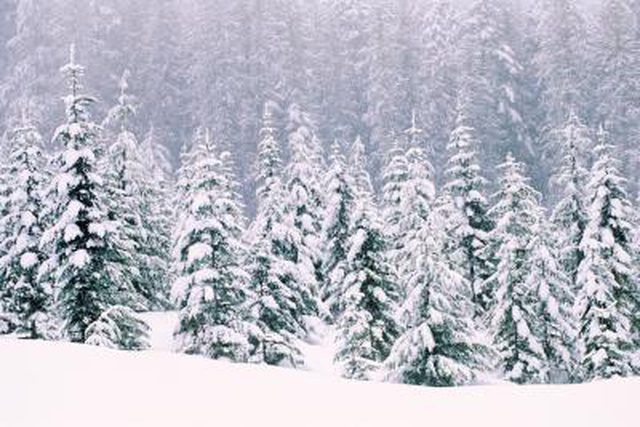
Pines with needle cast start by exhibiting brown spots on the branches, some with yellow margins, during springtime. Eventually, the spots become larger. The needles start turning yellow, then brown, until dying in late spring or early summer. The dead needles on the forest floor will start exhibiting black football-shaped growths. The growths eventually split and eject spores that are then spread by rain or wind to other pine trees. Needle cast is a fungus that can kill seedlings and saplings if the infection is severe enough. Fungicides may be used to control needle sap, along with removing or cutting infected branches and possibly the whole tree.
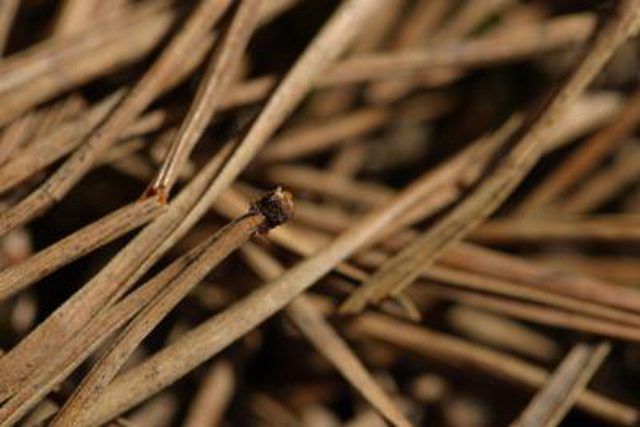
Brown spot needle blight is most common on longleaf pines, though it can infect all pine species. This disease causes spots on individual pine needles that start out yellow and turn to brown. Occurring mainly on the needles on low branches, it makes needles appear mottled and can eventually cause severe defoliation. This disease usually strikes young, seedling-age pines; if it is severe enough, it can cause seedling death or stunted growth. Removing affected trees is the best method of preventing the spread of disease.
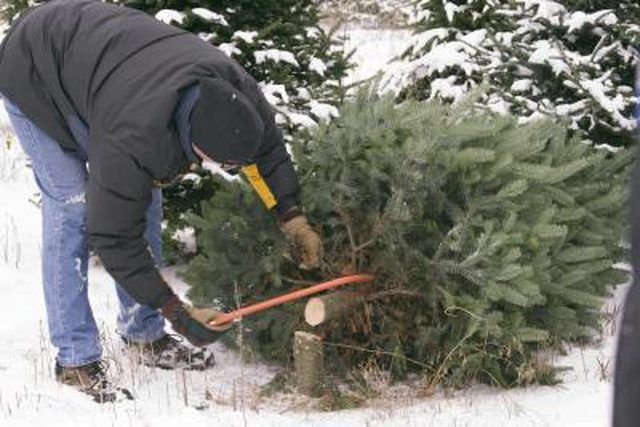
Sooty mold is another fungus that affects all pine species. It causes black, crusty spots on pine needles, branches and stems. They grow on the sugary excrement left behind by aphids, scales, mealybugs and whiteflies, among others. The pine will look yellow from lack of sun exposure but the fungus does not penetrate the leaf or bark tissue. Controlling the insect population is the main way to impact this disease. Wash the fungus off the trees and spray it with the proper insecticide.
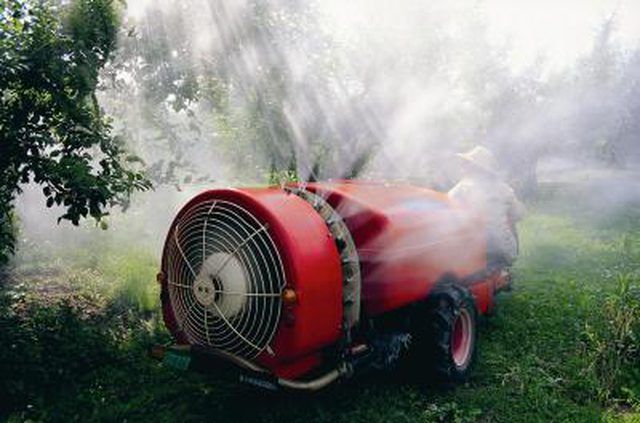
Needle rust is a fungal disease prevalent in young pine trees. These trees exhibit white to orange blister-like sores on the needles. Called aecia, these symptoms present themselves in late spring and disappear in late summer after releasing their spores. The previously affected needles will end up with yellow to brown spots. Severely afflicted young trees may end up disfigured or stunted. To complete their life cycle, these fungi need an alternate host such as goldenrod and aster. As such, eliminating alternate hosts will diminish the fungi population.
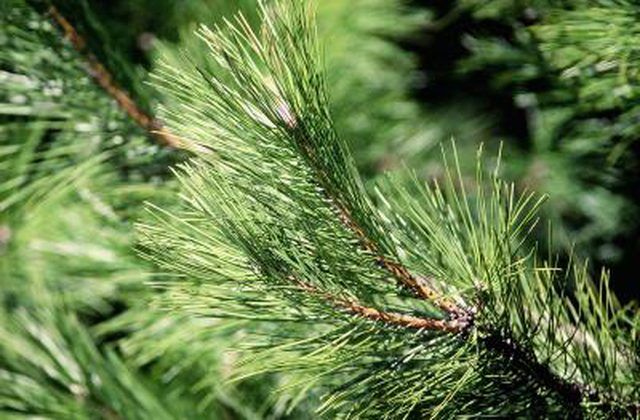
Pitch canker usually affects pines growing in a plantation though it can also be found in a landscape setting. Symptoms of this disease include resinous cankers on the trunk, branches or roots of the pine trees and a thickening of the tree’s crown. This fungus affects pines of all ages and spreads to the pine’s cones and seeds. Chemical and biological measures have been unable to control this disease; outbreaks often spread throughout a massive area.